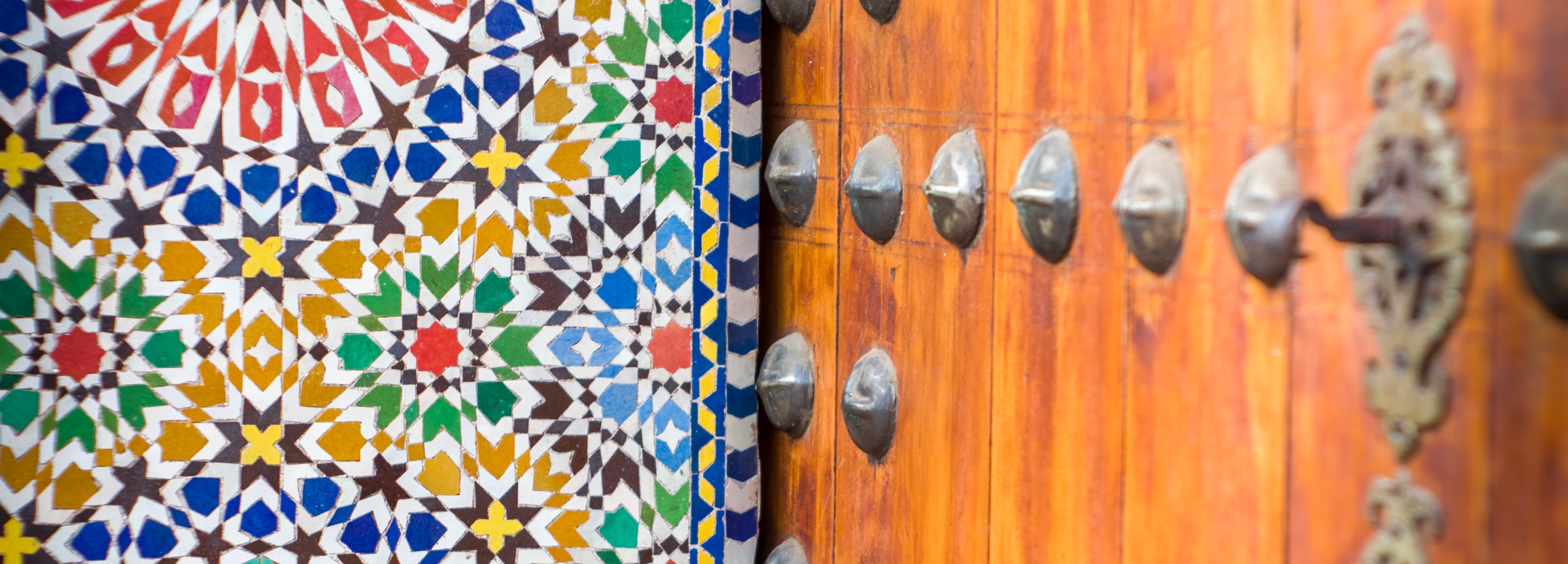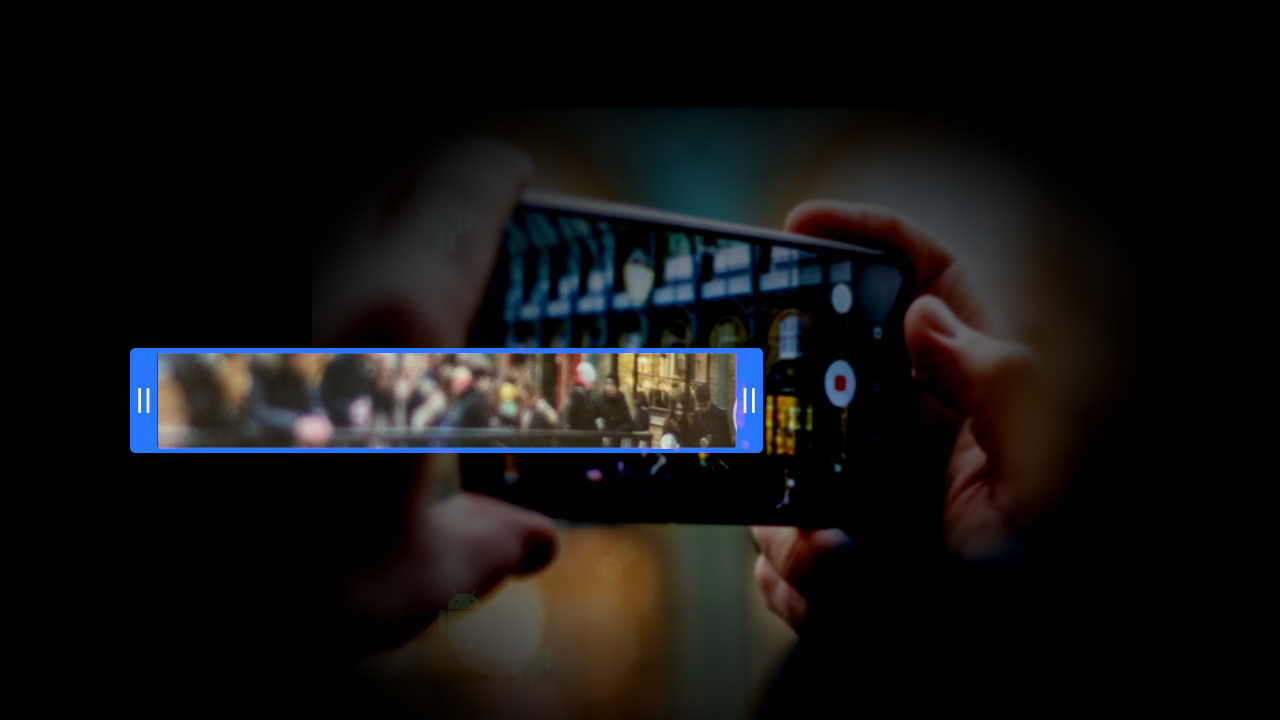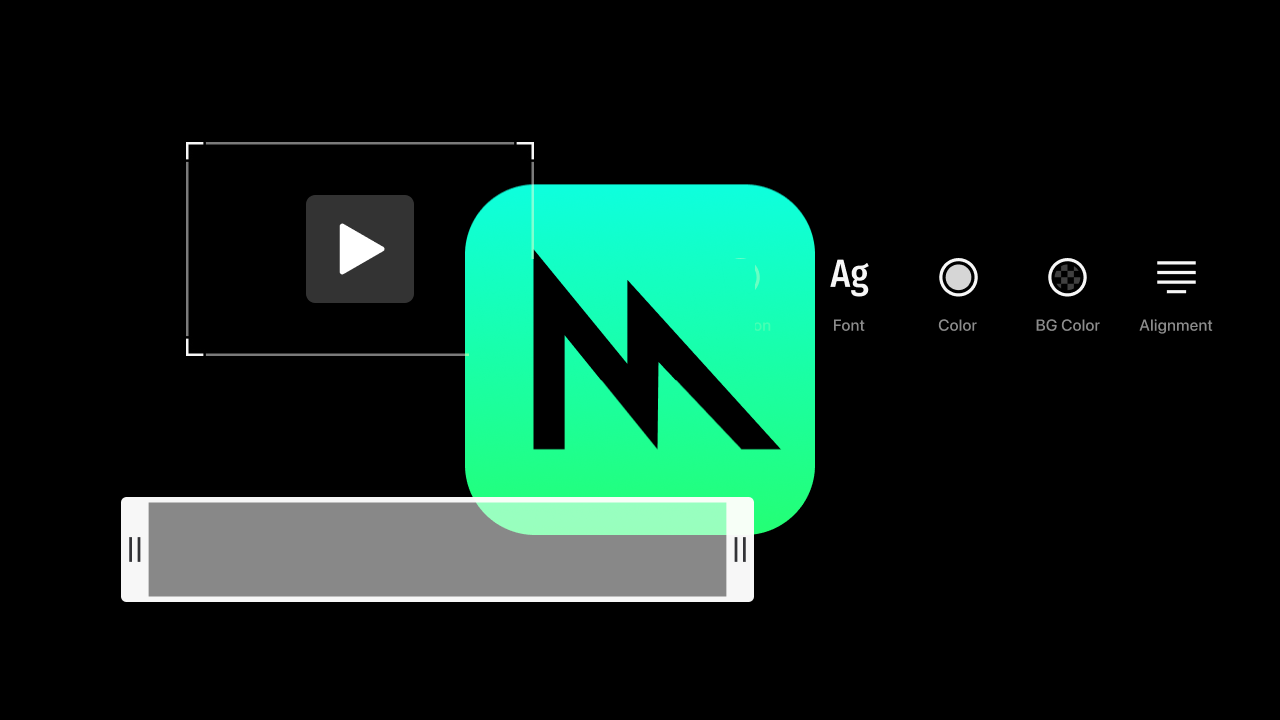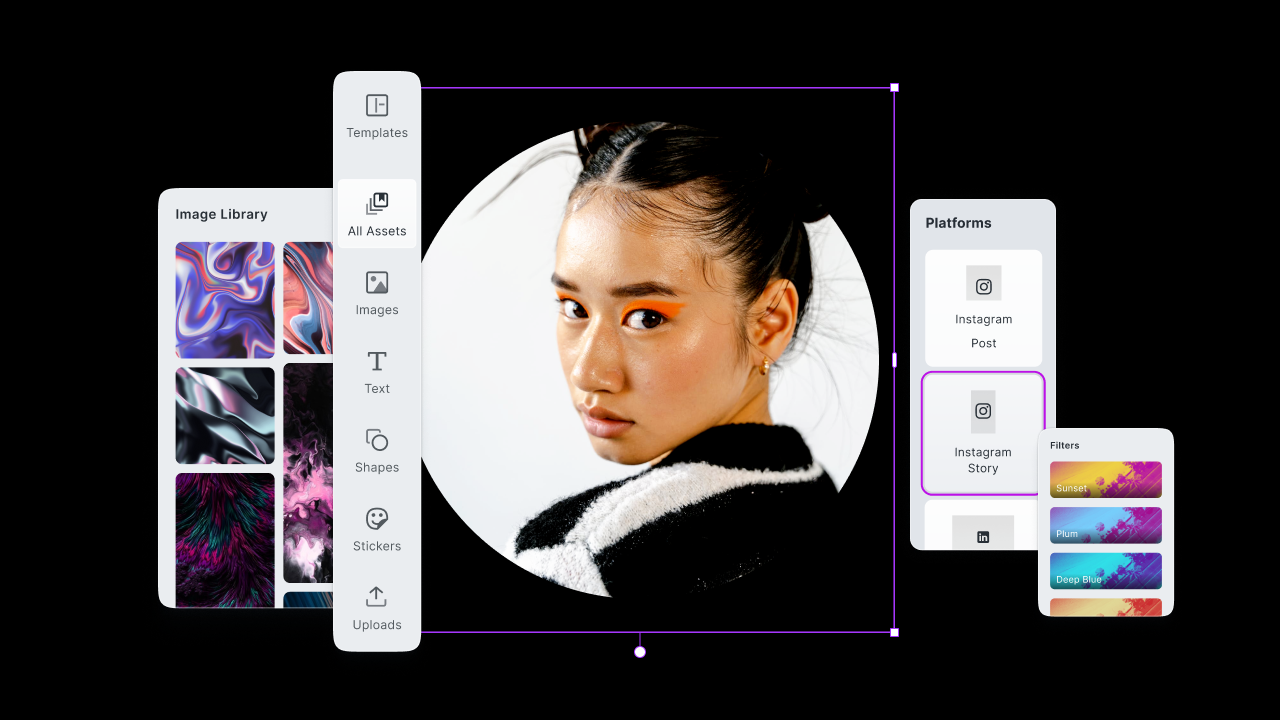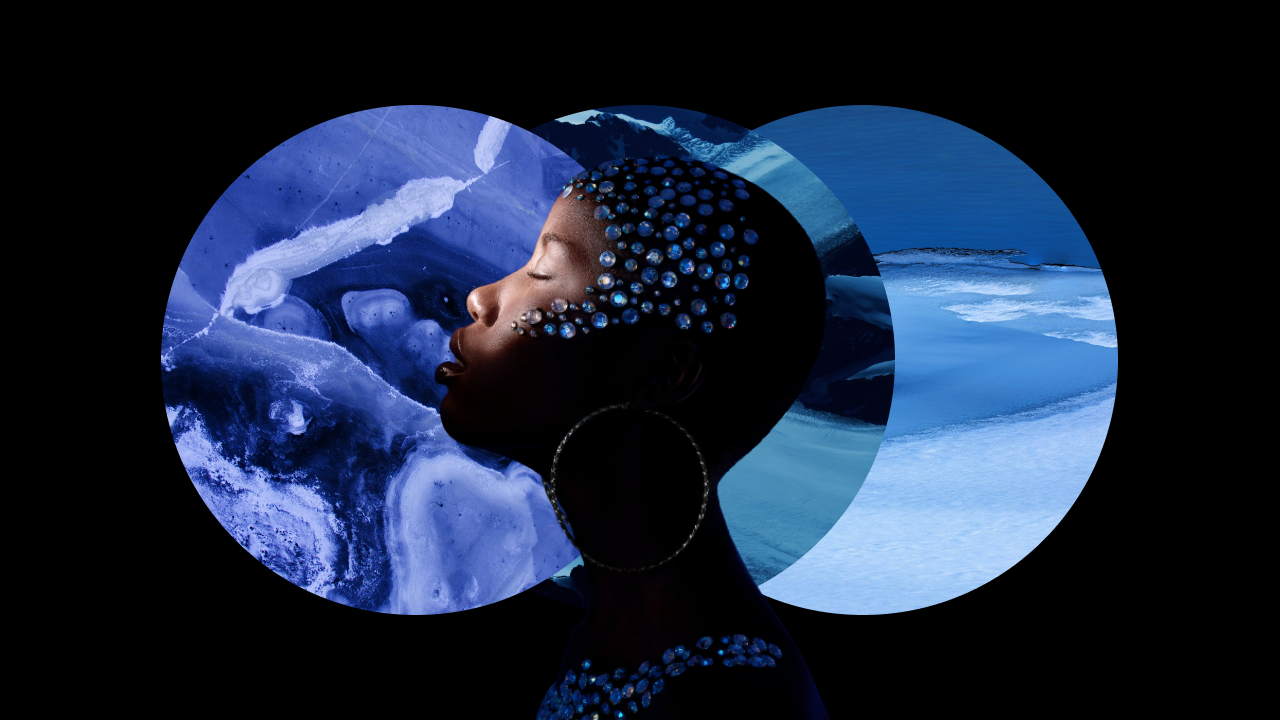In this article, I will show and illuminate some pictures with the most magic colors that I have encountered as a photographer—these kind of colors that stick in your mind forever.
Apart from my interest in magic colors as a photographer, I am also interested in magic colors as a researcher and developer at img.ly where we push the quality of photo editing in our PhotoEditor SDK further. Therefore, this article will be completed by a follow-up article where I will show how to use post-production to gently push colors over the edge into the realm of magic colors.
Finding Magic Colors
The best way to capture magic colors is — ‘simply’ — to be at the right place at the right time. Both place and time are important but often not equally important. I will show one example where the place was more important than the time and one example where it was the other way round.
The magic colors from my first example were hidden in the intense, overwhelming, colorful, and loud city of Marrakech. There you can find a quiet place of refuge: Jardin Majorelle, a beautiful garden created by the French painter Jacques Majorelle.

While it is a very relaxing place for your mind and ears, it is a visually stunning masterpiece. The path through the garden starts with the clean visual appearance of a small bamboo forest with all the green and turquoise tones. It then runs past all kinds of palm trees, cacti, small ponds, and fountains. Finally, it leads to the center of the garden where you are blown away by a striking blue house, Majorelle’s former atelier, overshooting the intense blue African sky.
The blue is the famous Majorelle blue: an unreal looking cobalt blue, which is almost too strong to look at.
In the garden, the blue is elaborately complemented with pastel yellow, beige, and turquoise tones, which add a nice contrast and make the blue shine even more.
Surprisingly, around noon was the best time for this photo as the shown part of the building was in the shades under a roof and only harsh light yielded out all the colors.
The magic colors from my second example could be found on a stroll at some beach in the Netherlands.
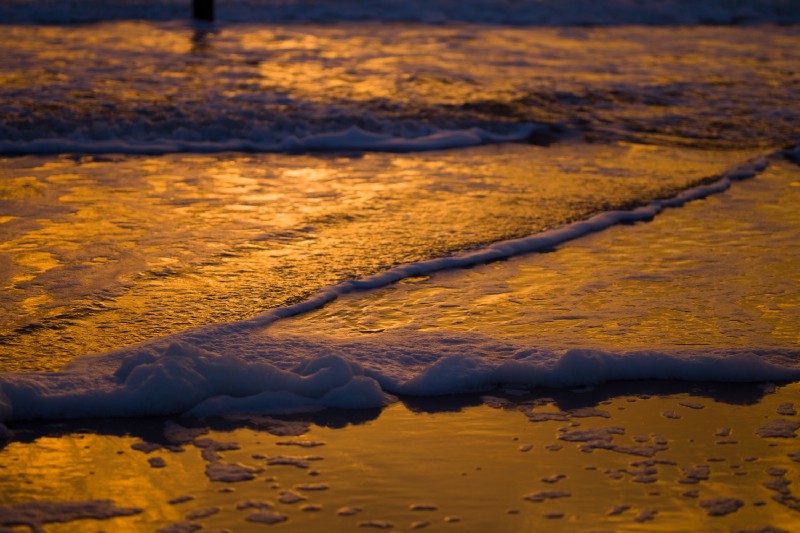
After a rainy day, suddenly, the sun broke through the clouds when it was already deep down on the horizon. Then the magic happened, the light passed through the right amount of clouds and haze so that its bluish rays were scattered away and its tone shifted towards orange. All surrounding clouds lit up and the sky began to glow. As a stunning result, everything was bathed in amazing golden light.
These magic colors only appeared for three minutes during the golden hour. As the clouds moved back in front of the sun the light lost its golden shine. This moment could have easily been missed if I would have stayed at home just because of the rain.
Creating Magic Colors
The next possible way to achieve magic colors is to create them by yourself.
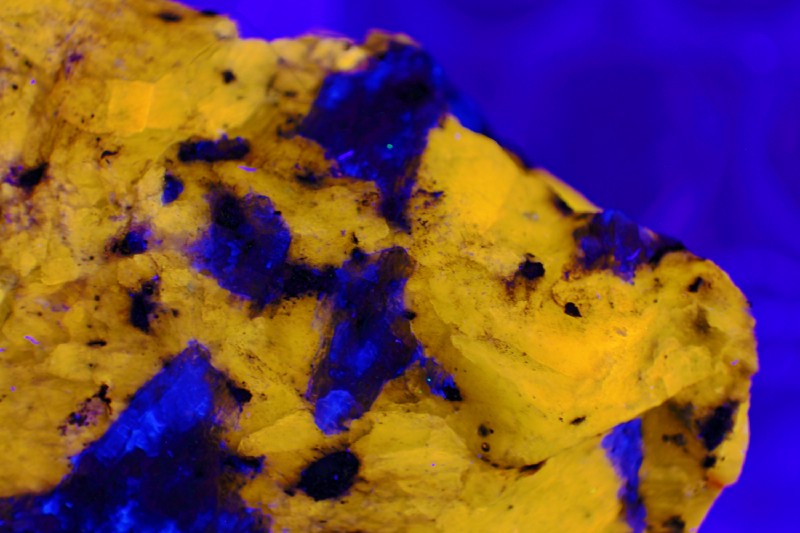
The magic colors from my third example were created by photographing the fluorescent mineral wernerite under ultraviolet (UV) lighting. I made the lighting with a DIY ultraviolet lamp consisting of a cheap spotlight housing, a cheap but powerful fluorescent tube for water disinfection, and an expensive filter glass. The filter glass only let the desired UV wavelength pass. Without such a filter glass, the colors would appear washed-out as the fluorescent tube not only outputs invisible UV light but also large amounts of visible light.
The mineral absorbs the UV light and emits visible light instead. The resulting colors looked unreal as the usually boring looking stone now glows all over with a huge intensity. As a bonus, the blue matches that of Majorelle very closely.
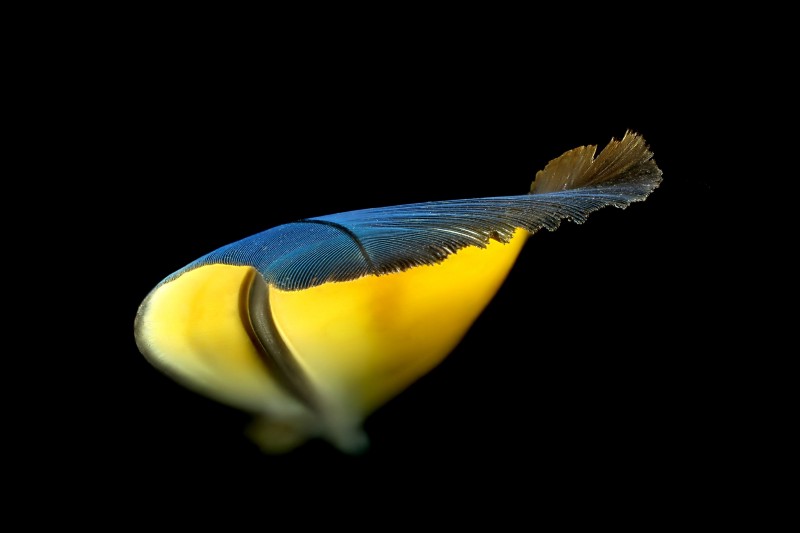
The magic colors from my final example were created by photographing a feather from a blue-and-yellow macaw in my home studio with a simple bidirectional light setup. I used a 50 mm Zeiss Pancolar lens from the 80ies with a wide-open aperture of f/1.8, which adds a nice glow to the yellows. The feather was lit from above and below by two flashlights modified with small softboxes. The light was shaded from the background and the shutter speed was set fast enough so that the studio just disappeared into black.
To keep the color magic on the yellow part of the feather, 20 images with different focuses on the blue part were taken with a wide-open aperture and then stacked to a single image. This created the fast drop-off in sharpness, which would have been impossible to create with a single shot.
Interestingly, these magic colors could never be seen with the naked eye as they only appeared for approximately 80 μs while the flashes were triggered. Then, they were formed to their final appearance by the lens and the post-processing.
What Makes Colors Magic?
To sum up, magic colors can be found in many places or even created by yourself. For the four examples in this article, different aspects were important: the right location for the picture of the blue building in Marrakech, the right time as the sun came through the clouds for the golden sea, the subject and the equipment for the fluorescent colors, and the quality of the light and technical realization for the glowing feather.
While writing this article I asked myself: What exactly does make colors magic? Is it the saturation, vividness, shininess, or glow? Is it the texture of the object, the quality of the light, or the surrounding colors?
All of this is important. However, perhaps the most important part to consider colors as magic is that the colors need to look slightly unreal — but only a little bit. What do you think?
In an upcoming article, I will tell how these thoughts on magic colors influenced the color editing process in our PhotoEditor SDK and share some details on how to gently push colors towards magic colors in post.
